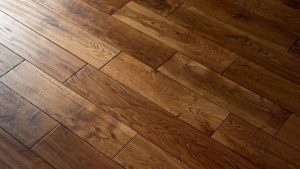Can I Bring My Own Crew onboard a superyacht charter Sardinia?
superyacht charter Sardinia
The short answer is no, you cannot bring your own crew onboard a superyacht charter. As you would expect, the captain and crew have their own jobs to do and are only there to make sure your charter experience is as perfect as it can be. A yacht’s crew will consist of a minimum of a captain and host. Larger yachts will also have engineers, deckhands and stewardesses (aka stew). Some crew members are trained yoga instructors or massage therapists; some even teach scuba diving. Others are trained athletes who can offer fishing, sailing and kite surfing lessons or lead group fitness classes.
You should respect the crew’s privacy and never invade their private areas unless invited to do so. For example, the galley is a sacred area that you should not enter unless asked to. Similarly, the captain’s cabin is off-limits, as are the supply rooms. Likewise, if you wish to use the yacht’s mini-refrigerators, ask the crew if they can be stocked with your favourite drinks and snacks.
The captain is the person in charge and their decision is final. It is important to understand that they are responsible for the safety of everyone onboard, including you and your family. The tolerance level aboard a yacht for illegal or illicit activities is absolutely zero, and the captain and crew will turn you over to the authorities if they catch you doing anything that violates yacht law.

Can I Bring My Own Crew onboard a superyacht charter Sardinia?
It is a good idea to discuss the yacht’s onboard entertainment options with your Burgess broker before you book your superyacht charter Sardinia. Our brokers can help you choose a yacht that offers the entertainment facilities you require, and that will have plenty of space to accommodate your guests. If you have any special requests, such as dietary or medial requirements, your Burgess broker will ask for details when you make your booking so that this can be passed to the yacht’s crew.
Your captain and crew will provide you with a yacht that is fully equipped to meet your needs. However, they can only do this if you comply with the rules of yachting and your responsibilities as a guest.
For example, you must listen to their advice about cruising and anchoring locations. They have extensive knowledge of the local waters and can advise you about where to go, where to avoid and how best to enjoy your time onboard. They can also assist you with shore excursions ashore, and many have relationships with local operators to get you the very best experiences and the lowest prices.
It is also important to respect the captain’s and crew’s decision about the yacht’s course, speed and itinerary. Their advice is based on years of experience and their desire to make your superyacht charter the most successful and enjoyable it can be. If you have an issue onboard, the captain is your go-to person and they will do their utmost to resolve the matter. It is not appropriate to take matters into your own hands or lecture a crew member, as this will only cause a rift onboard and spoil your holiday.








